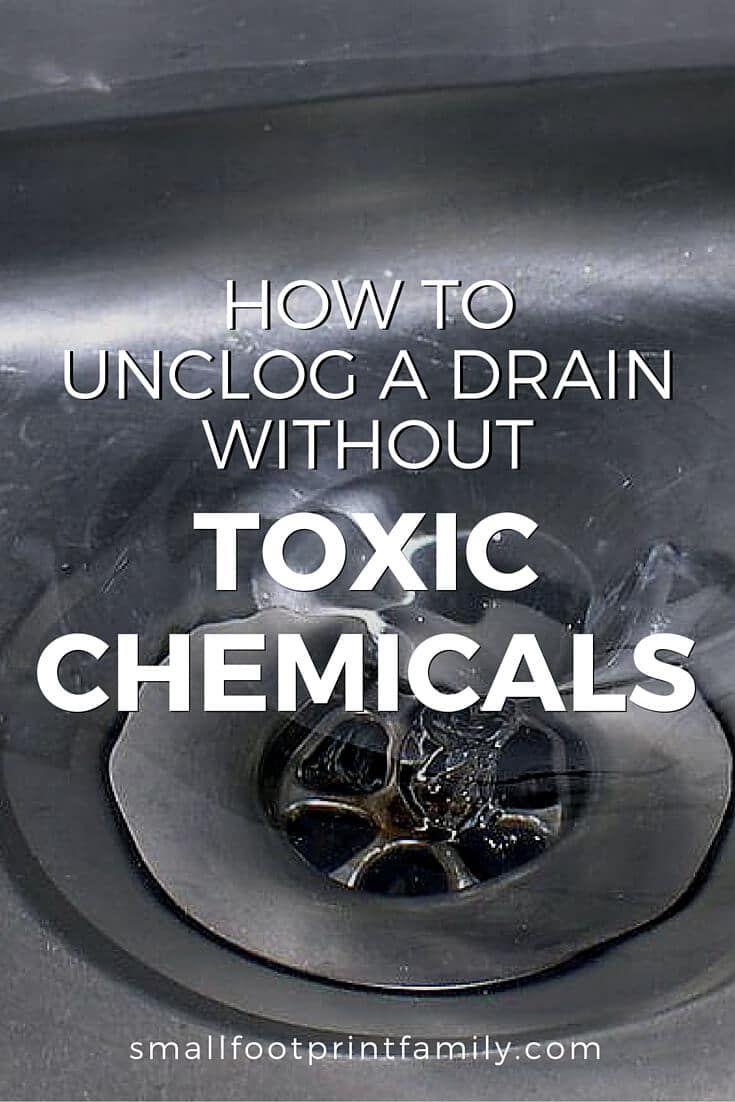A plugged-up sink, shower or tub drain sends most people running for either a bottle of caustic drain cleaner or a plumber's phone number. But wait: Unclogging a drain might be a job you could successfully do yourself without chemicals or a big bill.
Assess the Situation
Turn on taps to allow water down other drains in the house. If everything else is flowing freely, you can be fairly certain you have a localized clog, and it's probably near that clogged drain's opening.
If the problem involves other drains, you could have a bigger problem that might require a professional. Assuming it's only the one drain, let's move on.
Boiling Water
Get a large pot and boil up as much water as it will hold. However, if you are dealing with a very old porcelain sink and/or PVC pipes, then there's a slight chance that boiling water could cause damage. In that case, fill the pot with your very hottest tap water.
Now, carefully and slowly, pour the boiling or hot water down the drain in two to three stages so that the water can work for a few minutes in between each pour. This is the easiest and quickest way to unclog a drain, if it works — and it usually does, with a satisfying swoosh.
Blue Dawn
Pour 1/2 cup of Blue Dawn detergent (for the best result, do not use substitutes) into the drain. For tough clogs, use a full cup.

While that sits, bring about 4 cups of water to a boil. Pour this into the drain slowly but steadily to avoid getting burned by splashing water. Next, run water to check how freely it flows through the drain.
If the clog remains or the drain is still slow-running even though it seems to be clearing, repeat the boiling water step until the drain runs free.
Baking Soda and Vinegar
Measure out 1/3 cup of baking soda, and get as much of it down the drain as you can. Follow with 1/3 cup of white vinegar. It will fizz up and make quite a show. Allow it to sit for at least an hour, or overnight if at all possible. In the morning, follow with a quart or two of boiling water. You will be tempted to overdo it with the baking soda and vinegar. Don't.
Reach In
Remove the strainer that is part of the drain plug, and then reach into the drain with your fingers (latex gloves would be a good idea here), and pull out any solids. As gross as this might be, it is often all that's needed to clear a slow-moving or clogged drain.
Wet/Dry Vacuum
If you have a wet/dry vacuum, it just might help you to clear the drain without having to get your hands dirty. First, set it to wet so it vacuums liquids. Cover or close the drain's vent. Then, make the tightest seal you can with the hose end of the vacuum over the drain: Get creative with duct tape or the like. With the vacuum set to its most powerful setting, it can be powerful enough to pull that clog right out of the drain. Don't forget to clean the vacuum tank!
No Guarantees
While I offer no guarantees, because not all clogged drains are created equal, attempting to clear a clogged drain yourself first — before spending money or just living with it until you have a major disaster — is certainly worth a shot.
I can't tell you the number of times I've successfully cleared a stubborn clogged drain — especially in a bathroom sink or shower — with this method. Use a drain-cleaning tool such as a Zip-It first for best results. Seriously awesome!
Mary Hunt is the founder of EverydayCheapskate.com and author of "Debt-Proof Living." Questions, comments and tips can be sent on her website.